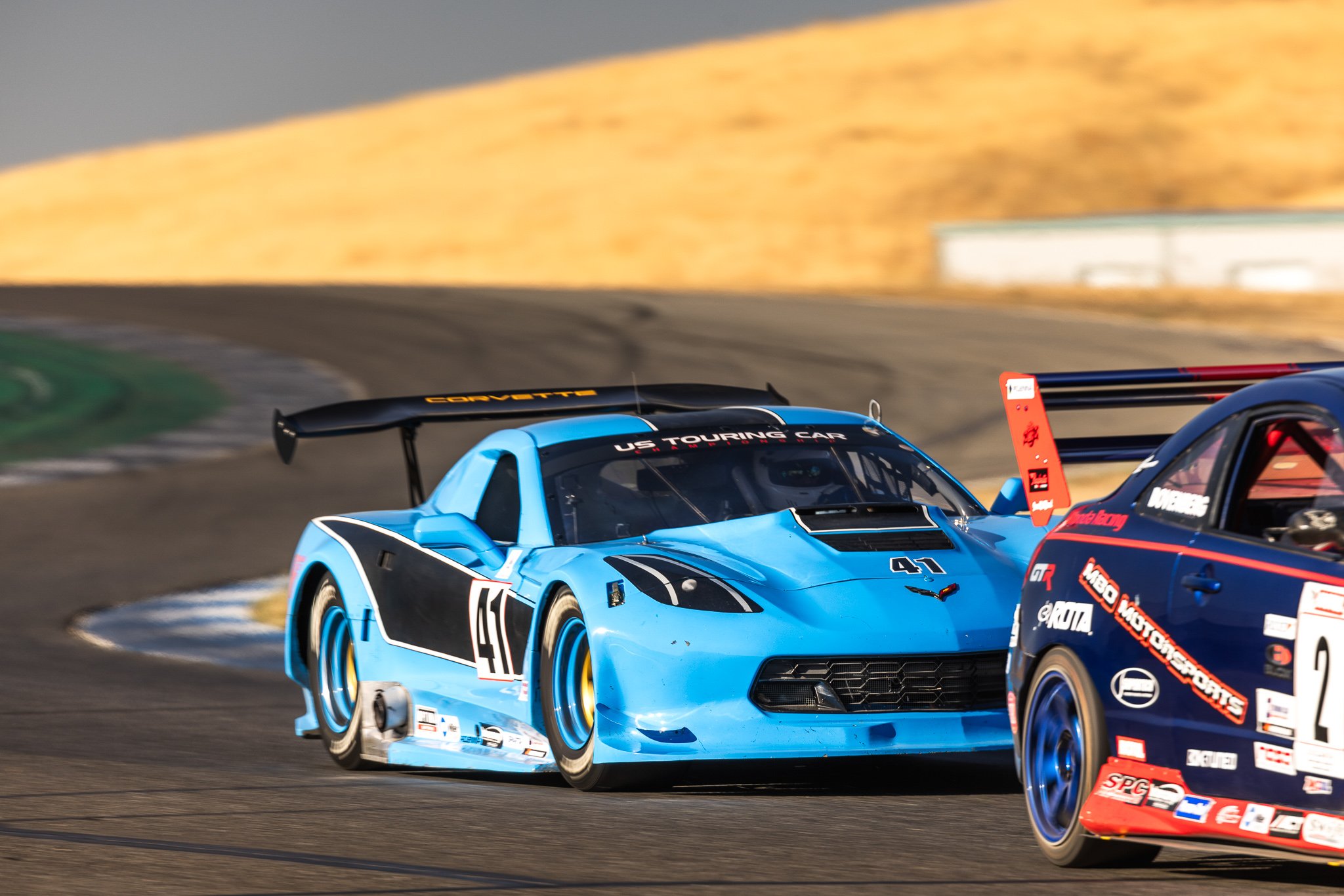
SpeedSF Blog
Every Build Has a Story – Meet the Cars of SpeedSF
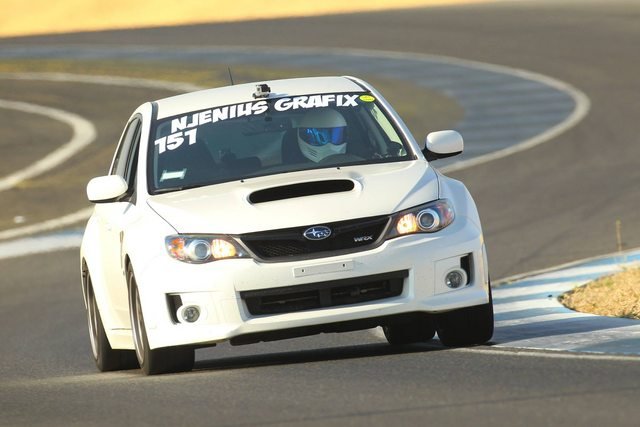
Jourdan's WRX Hatch: Pulling Every String
After making the jump from a naturally aspirated Impreza to the big daddy WRX, Jourdan learned why these platforms are so respected—and how they can frustrate their owners.
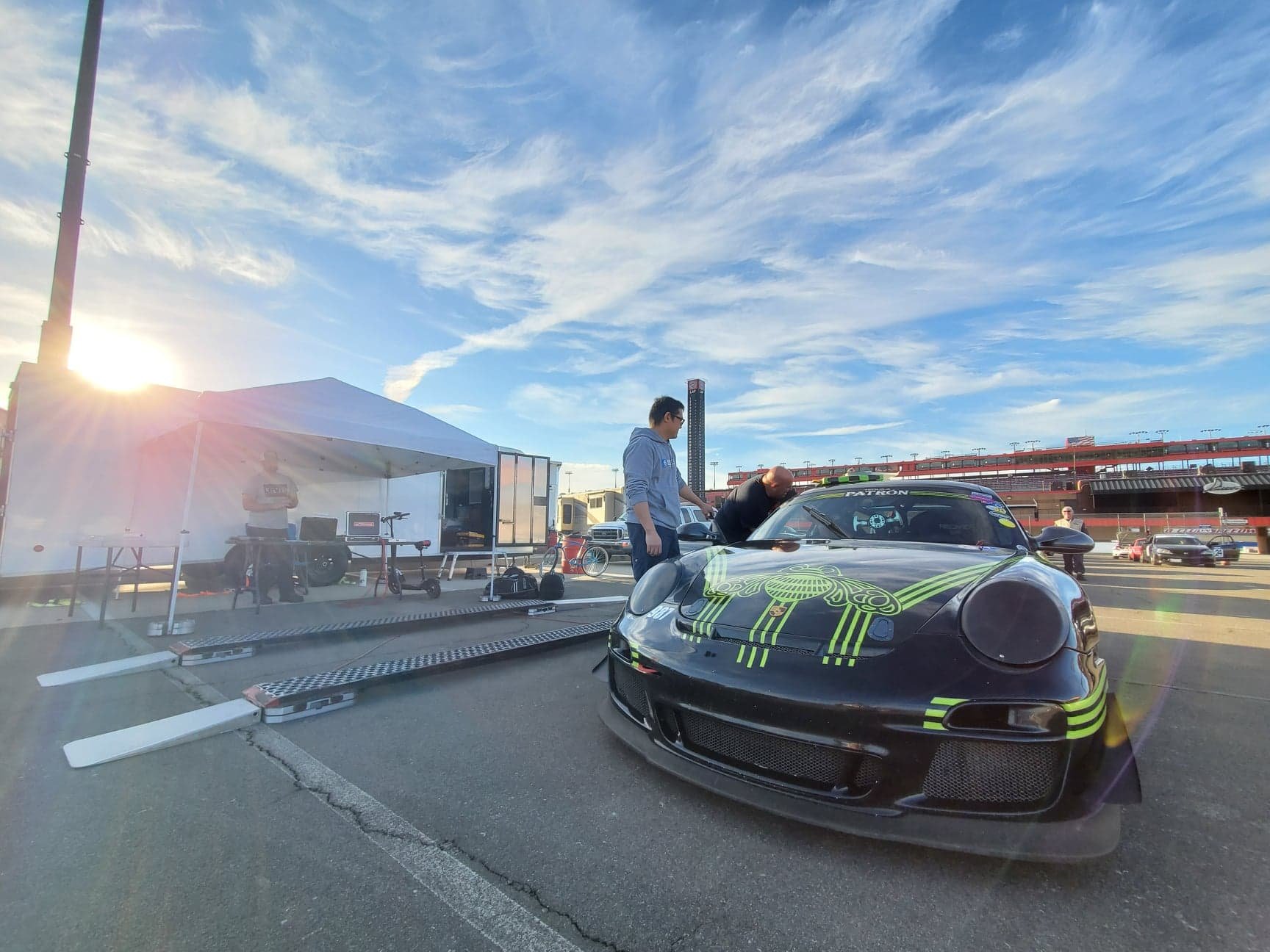
Chio/Yeung's Cayman WERC Debut Proves the Platform's Potential
After moving on from their trusty 350Z, Patrick Chio and Gary Yeung picked a new platform. After a trying debut at Auto Club Speedway in the first round of the 2022 WERC season, they new they made a good decision.
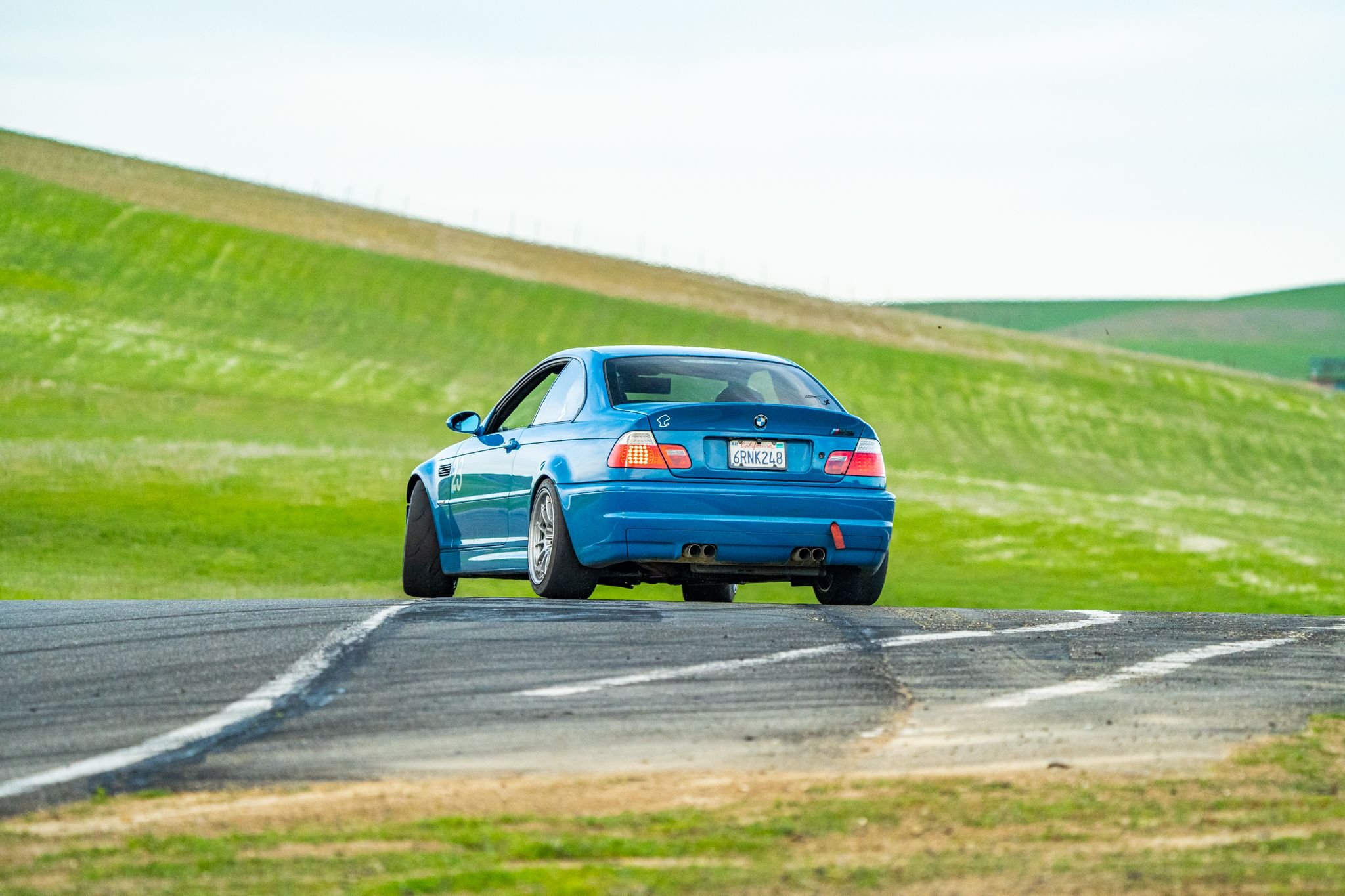
Steve Roth's E46 M3: Beautifully Balanced
With real zeal and a desire to see how well an E46 could handle, Steve Roth threw an entire suspension parts catalog at this Laguna Seca Blue M3 and fell in love with track days.
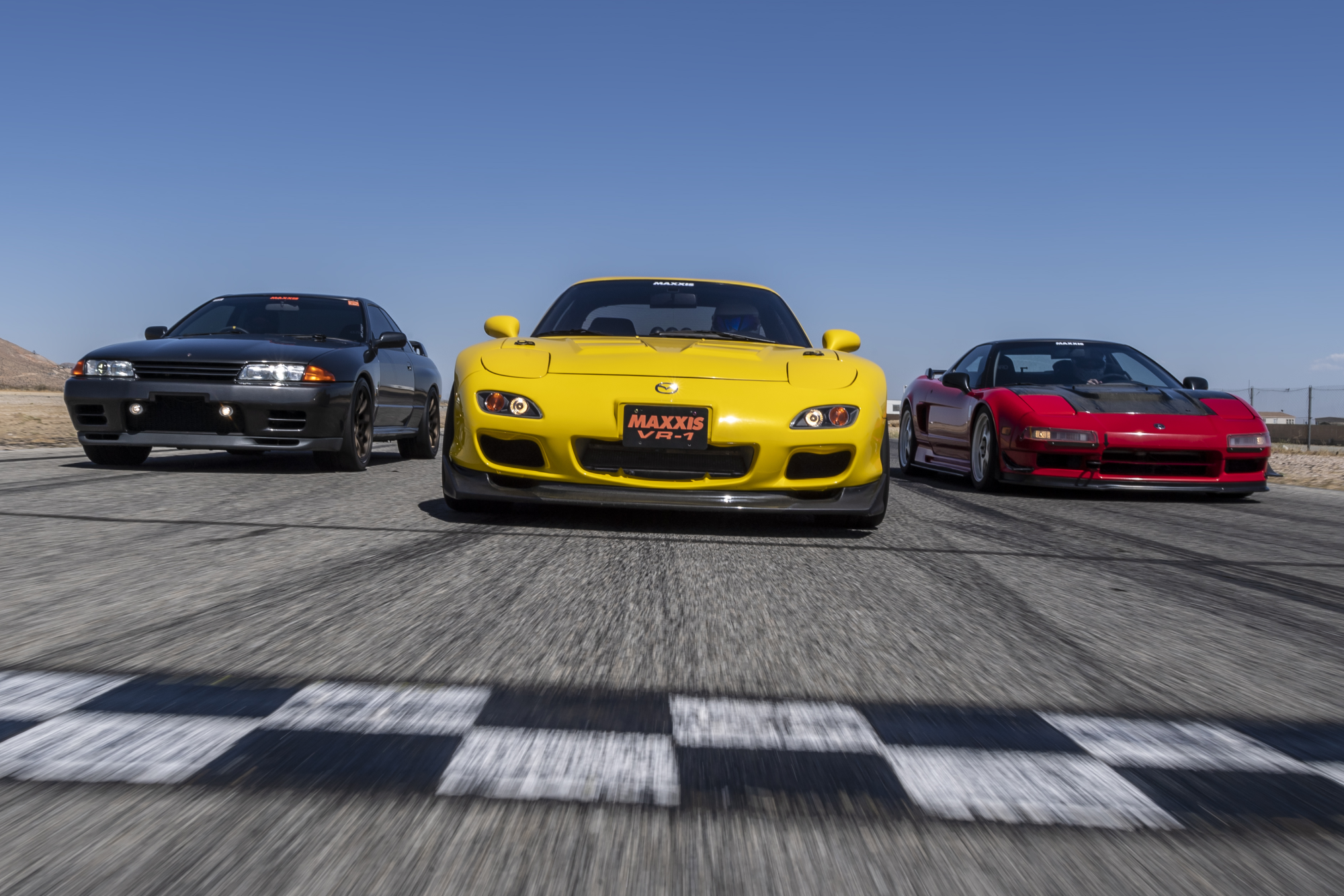
From Bicycles to Race Cars: Maxxis' Rise as a Tire Giant
Maxxis may be a new name to some, but their growing range of performance tires give racers and track drivers of all stripes a chance to experience truly staggering performance without sacrificing much streetability or breaking the bank.
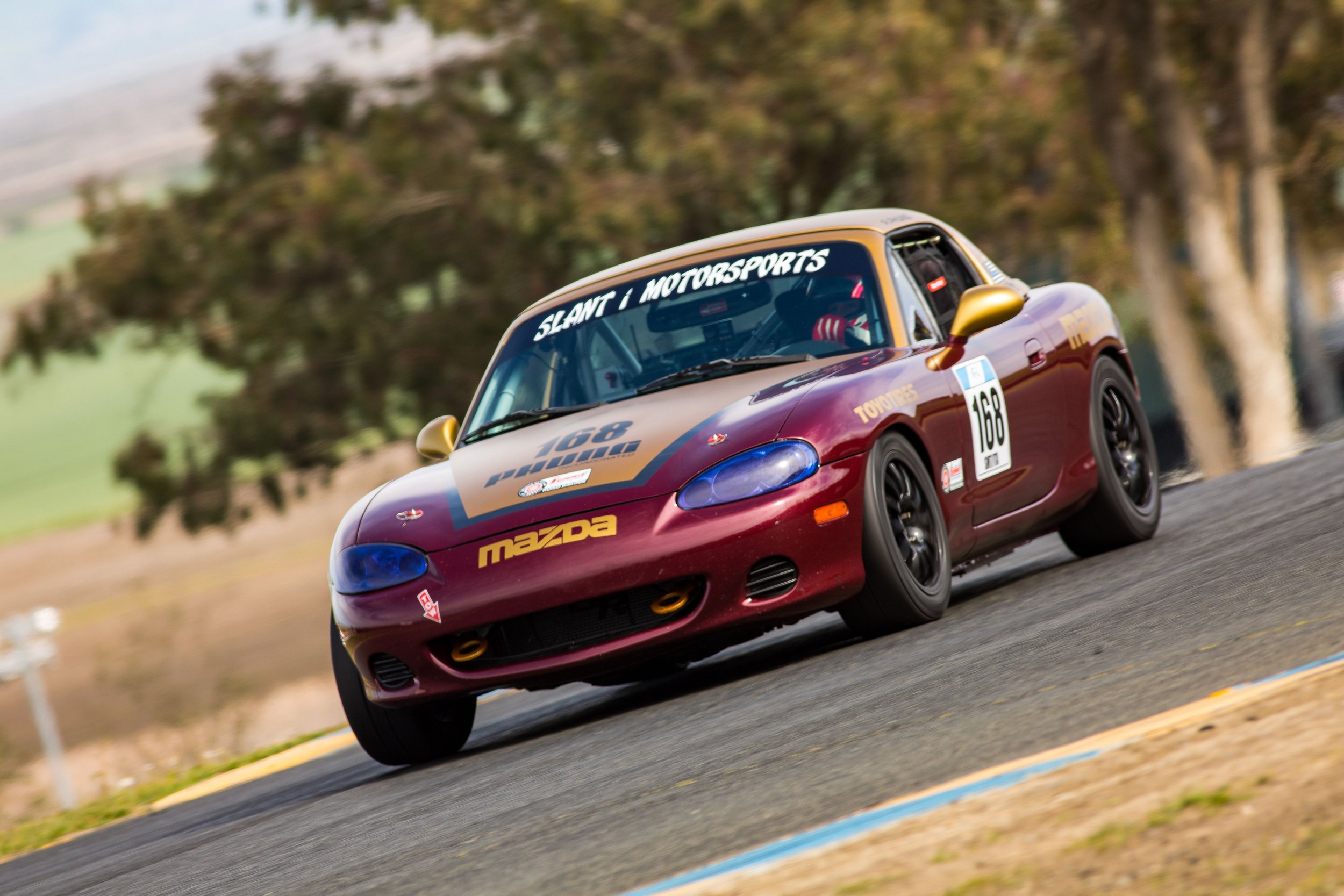
Grabbing the Next Rung: Peter Phung's Journey from HPDE to Spec Miata
With an incredible attention to detail, a need to compete, and a desire to give back to the racing community, Peter Phung’s gone from innocent car enthusiast to obsessed racer in a few short years.
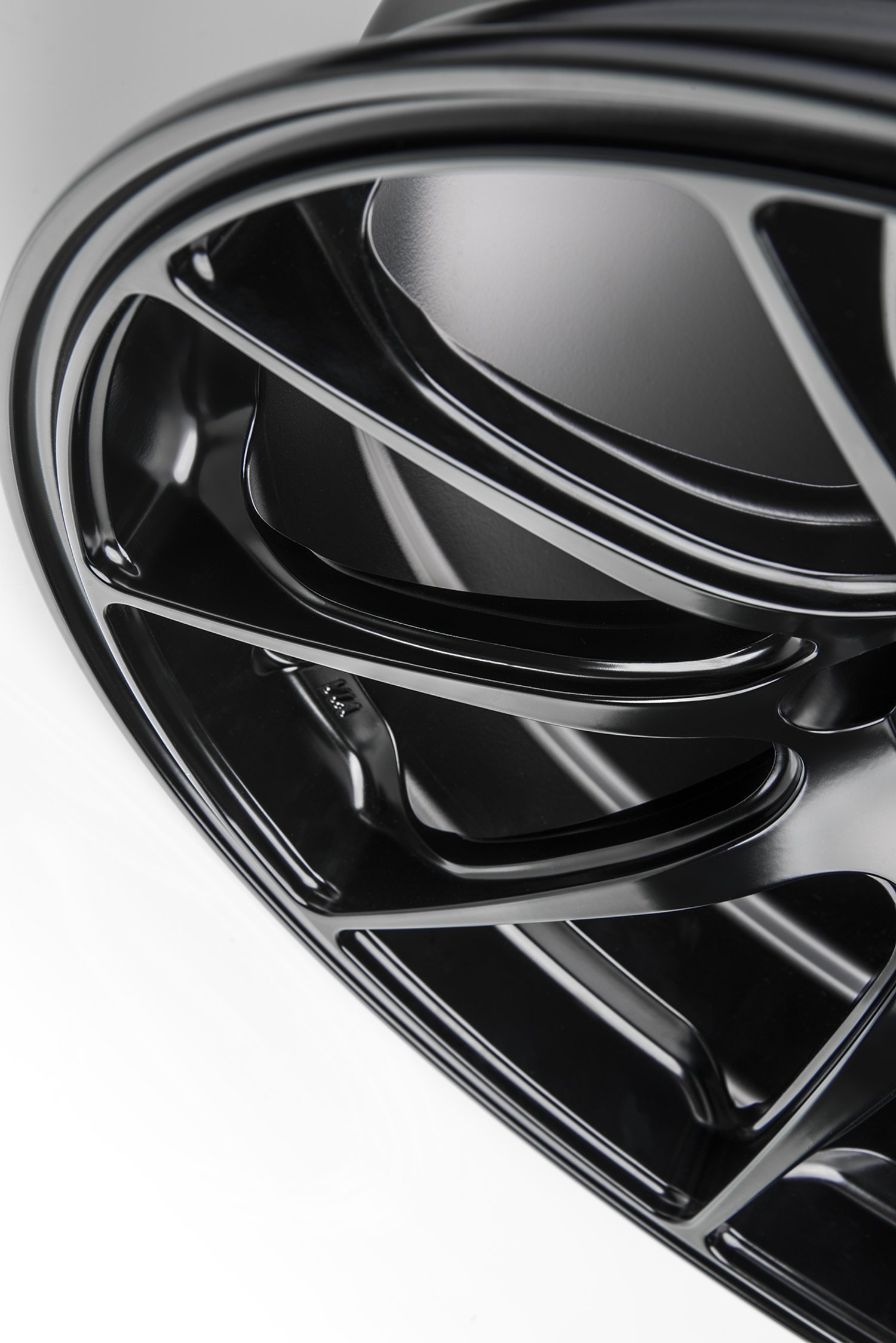
Titan 7's Approach to Building a Racing Wheel: No Corners Cut
To get the most resilience needed to withstand track abuse, Titan 7 takes a special approach to designing their forged wheels.
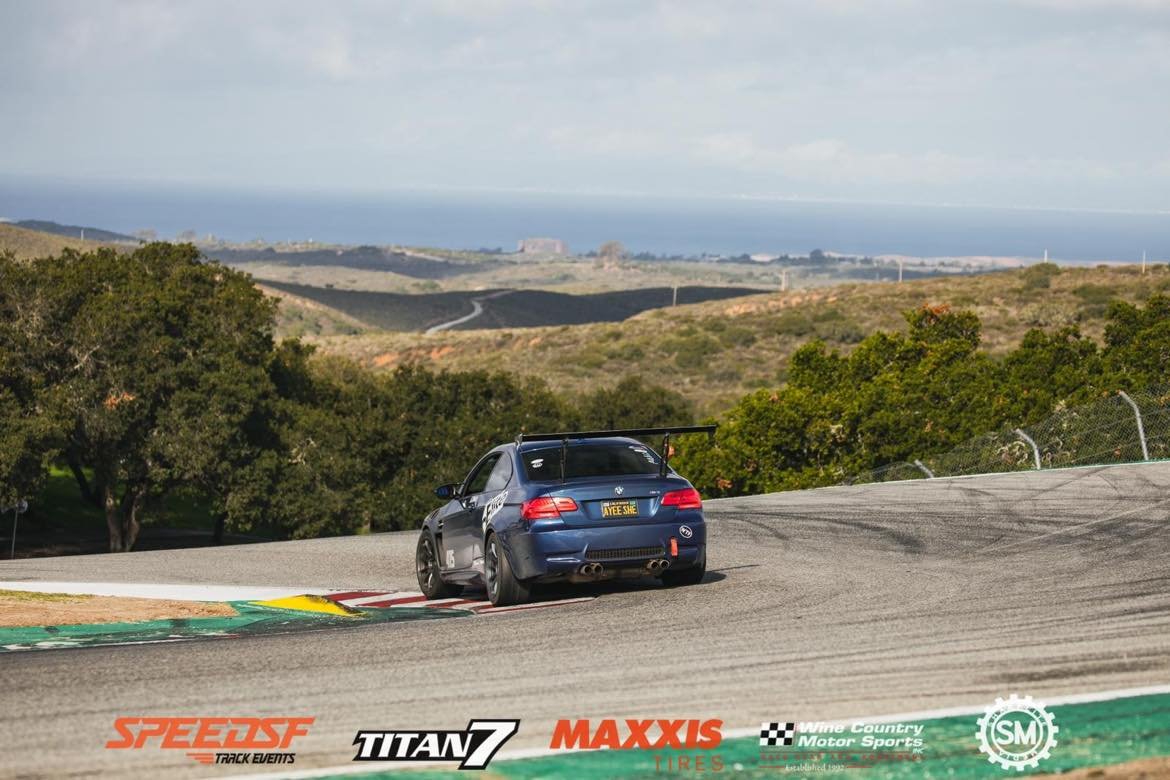
Steve Chi's M3: The Natural
After crashing his FR-S, Steve Chi moved into a car with twice the power.
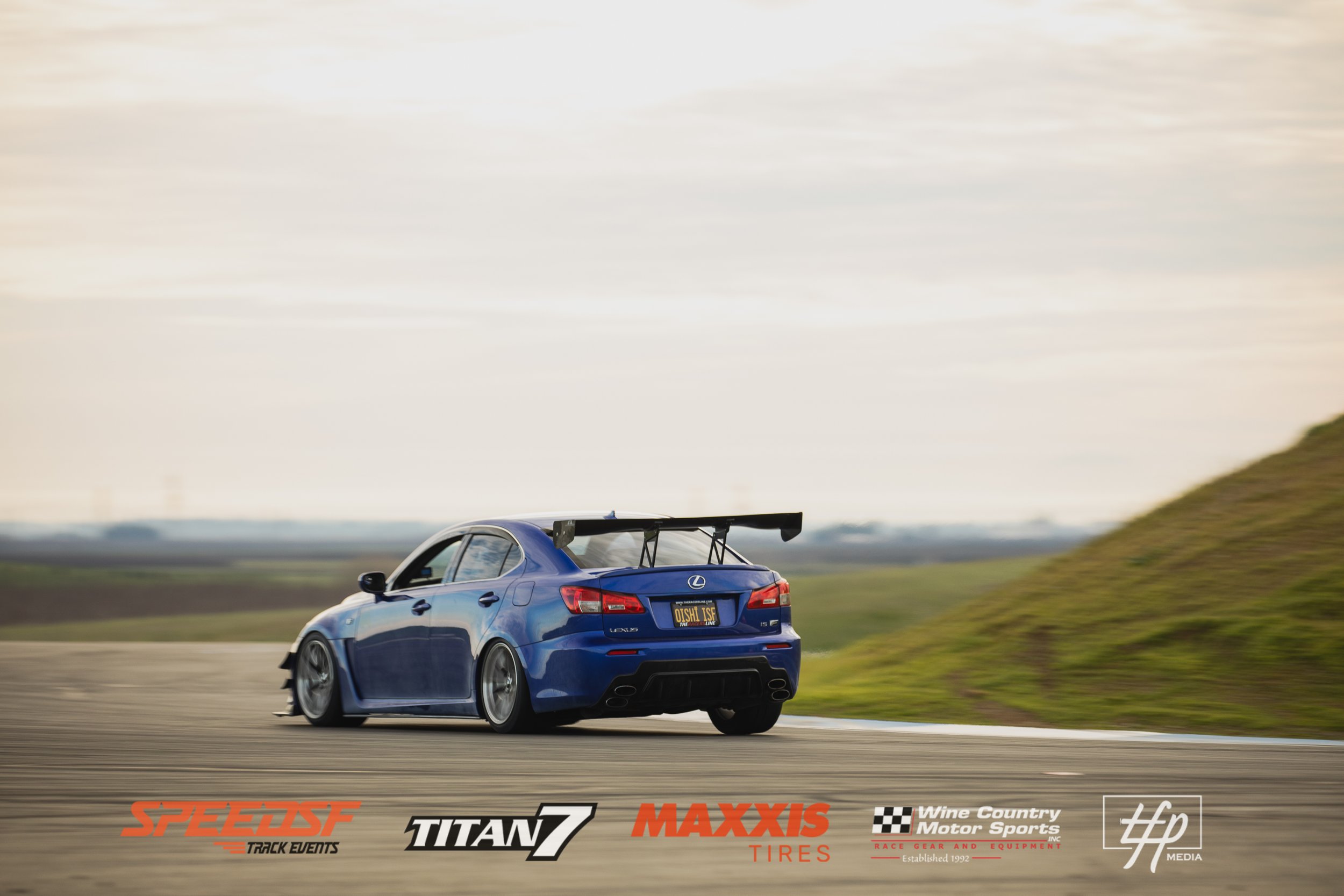
Joe's IS-F: The Perks of Parenting
The big IS-F heavy, powerful, and a little unusual at most track days. However, as Joe McGuigan’s proven, the platform is incredibly capable—even on tight tracks—with a short list of modifications.
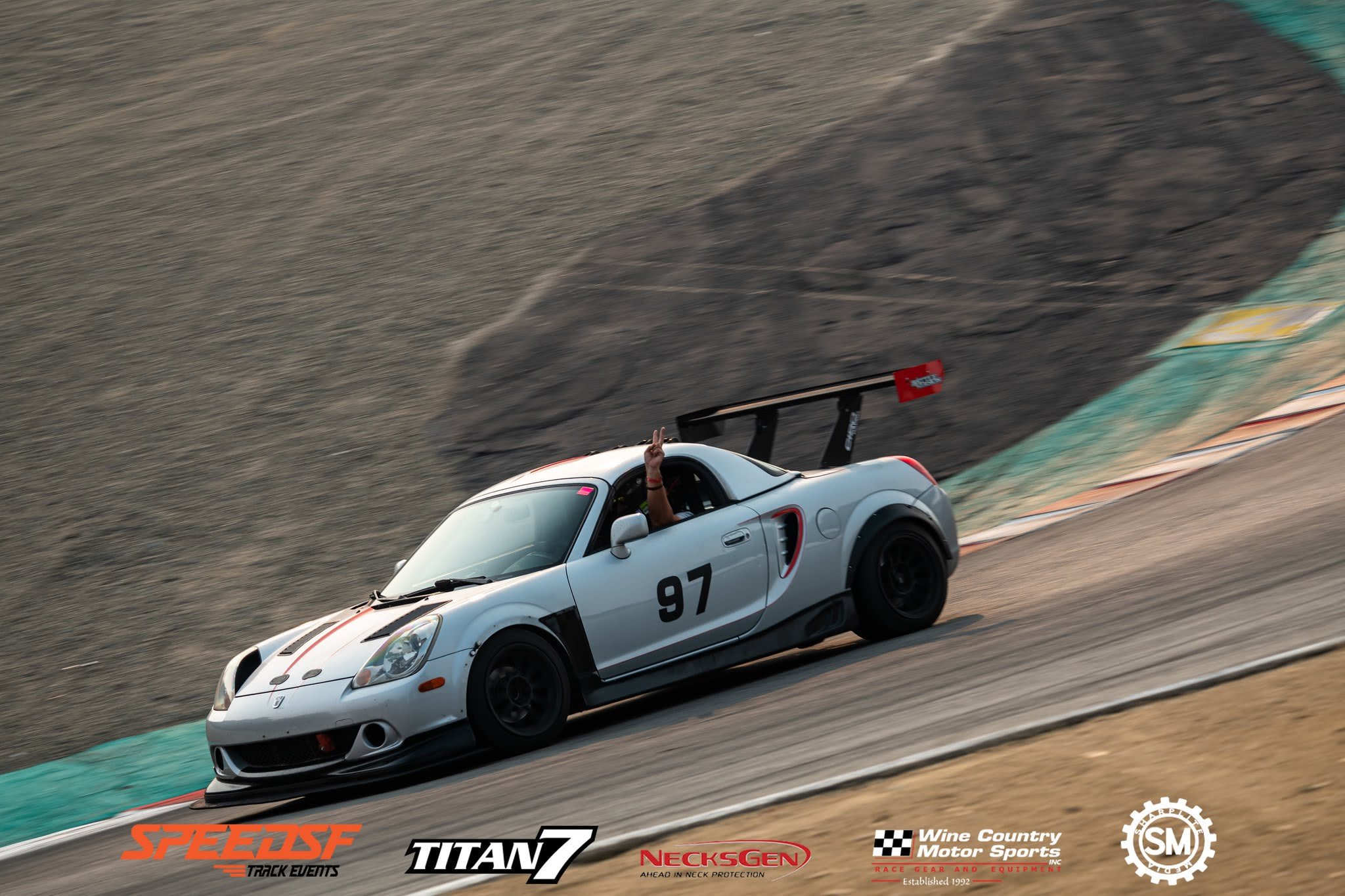
Tony's MR-S: Keeping the Spirit Alive
After learning how to make this car navigate a cone course, he bolted on some wings, stiffened the suspension, and added the 2ZZ power the Toyota MR-S needs to set impressive times around Northern California’s more technical tracks.
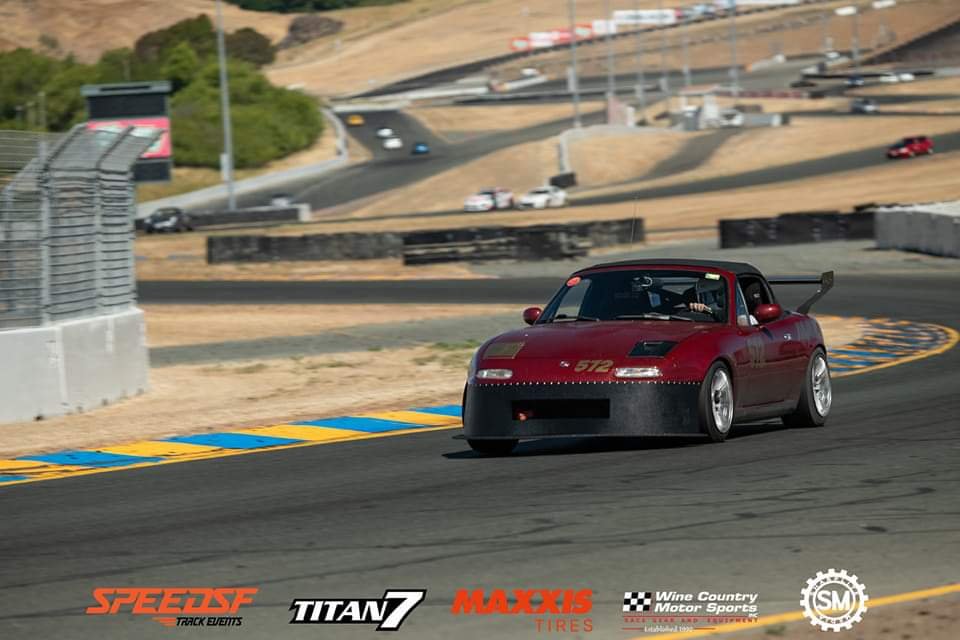
Patryk's Humble Miata: Proving Practice Makes Perfect
This modest Miata proves how little one needs to go quickly. Within a year of mild tuning and regular track days, Patryk had turned himself and his car into a time trials winner.
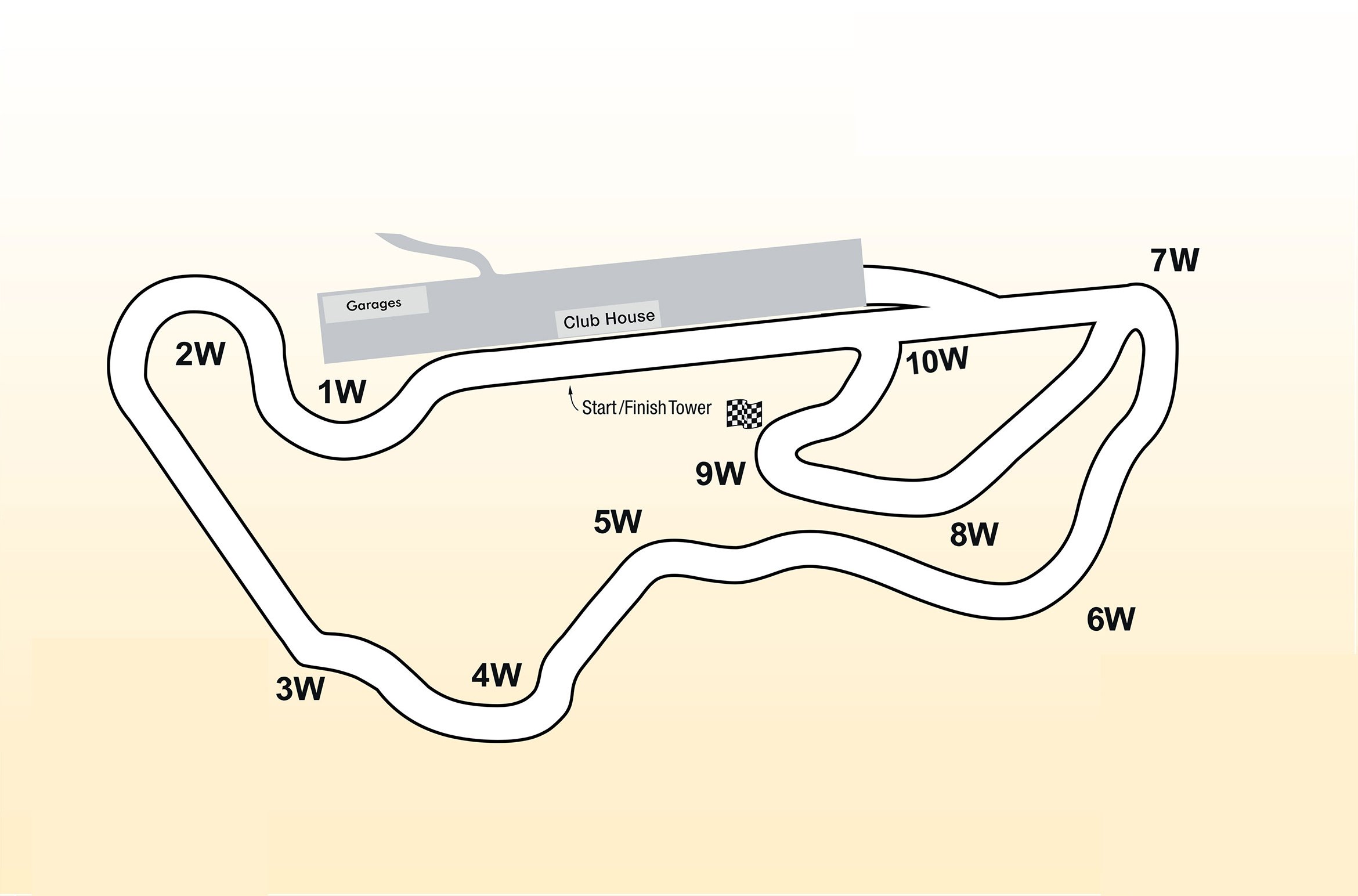
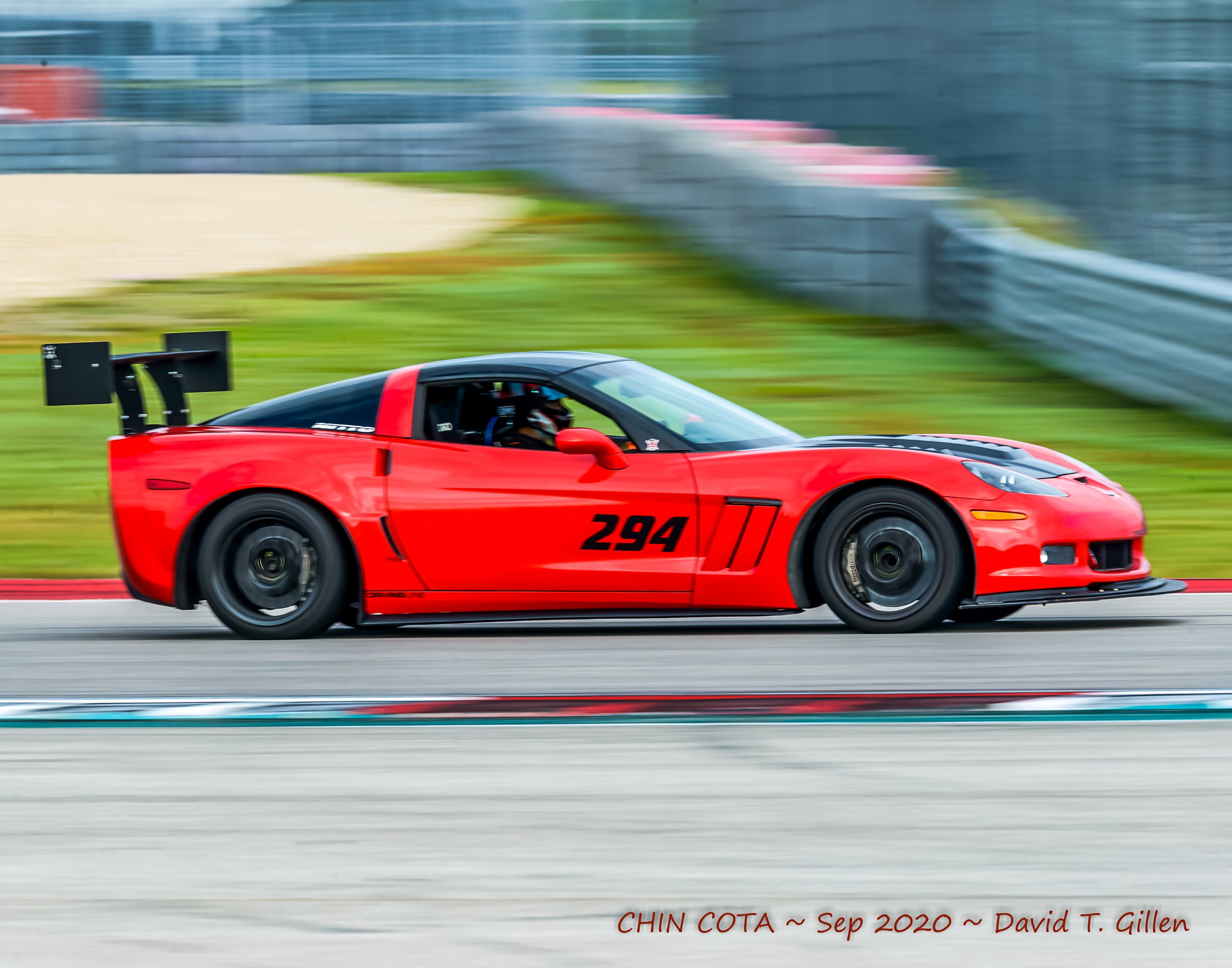
Steven's C6 Grand Sport: Taking the Middle Path
Rather than go all out with the Z06, Steven Kronemberger opted for the mid-range C6: the Grand Sport. With a reliable LS3 engine and strong footwork from the factory, the Grand Sport proves to be one of the best track platforms around.
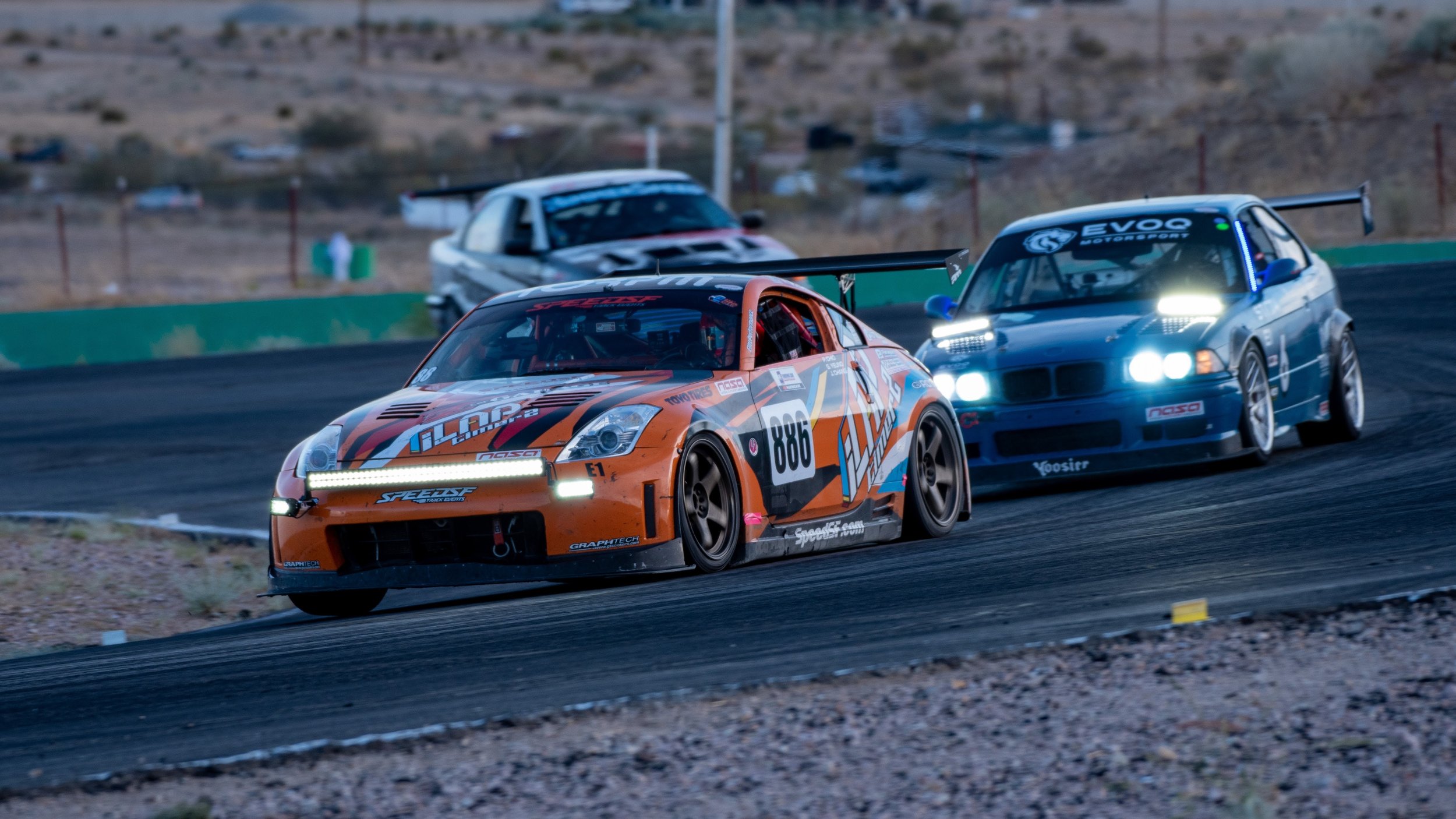
The Short Sprint and the Long Haul: Speed SF Attempts Western Endurance Racing Championship
Patrick Chio and Gary Yeung had to change their car, their driving styles, and their mindset to secure a very encouraging result in what was only their first season of WERC.
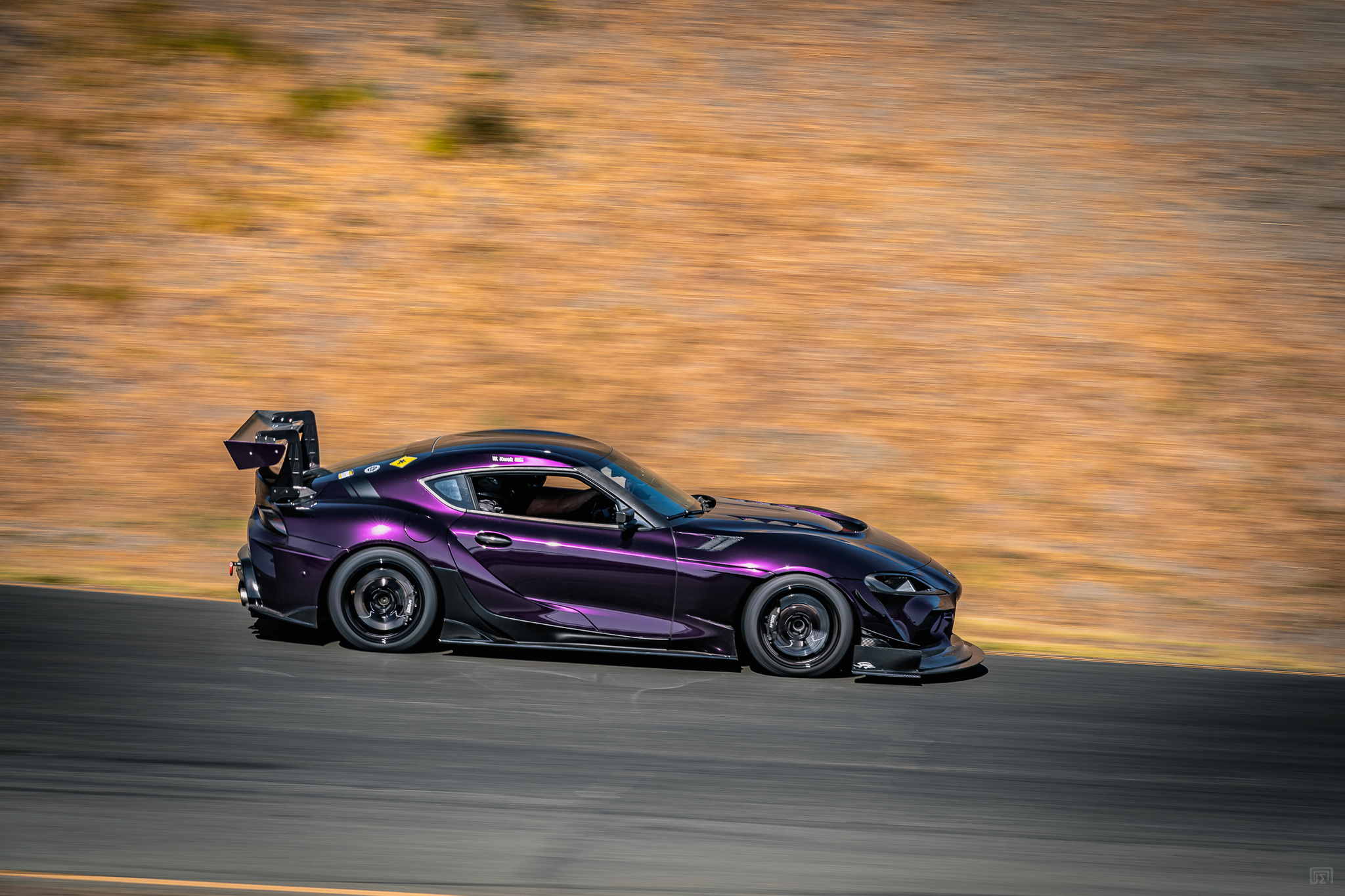
Will Kwok's Supra: Proving the Platform’s Potential
Rather than look for boost, Will Kwok decided to leave this A90’s motor stockish and spend his money making it turn.

Gary Wong's S2000: The Right Rate of Development
With the right modifications and the right mindset, Gary Wong grew with this car at the right rate.
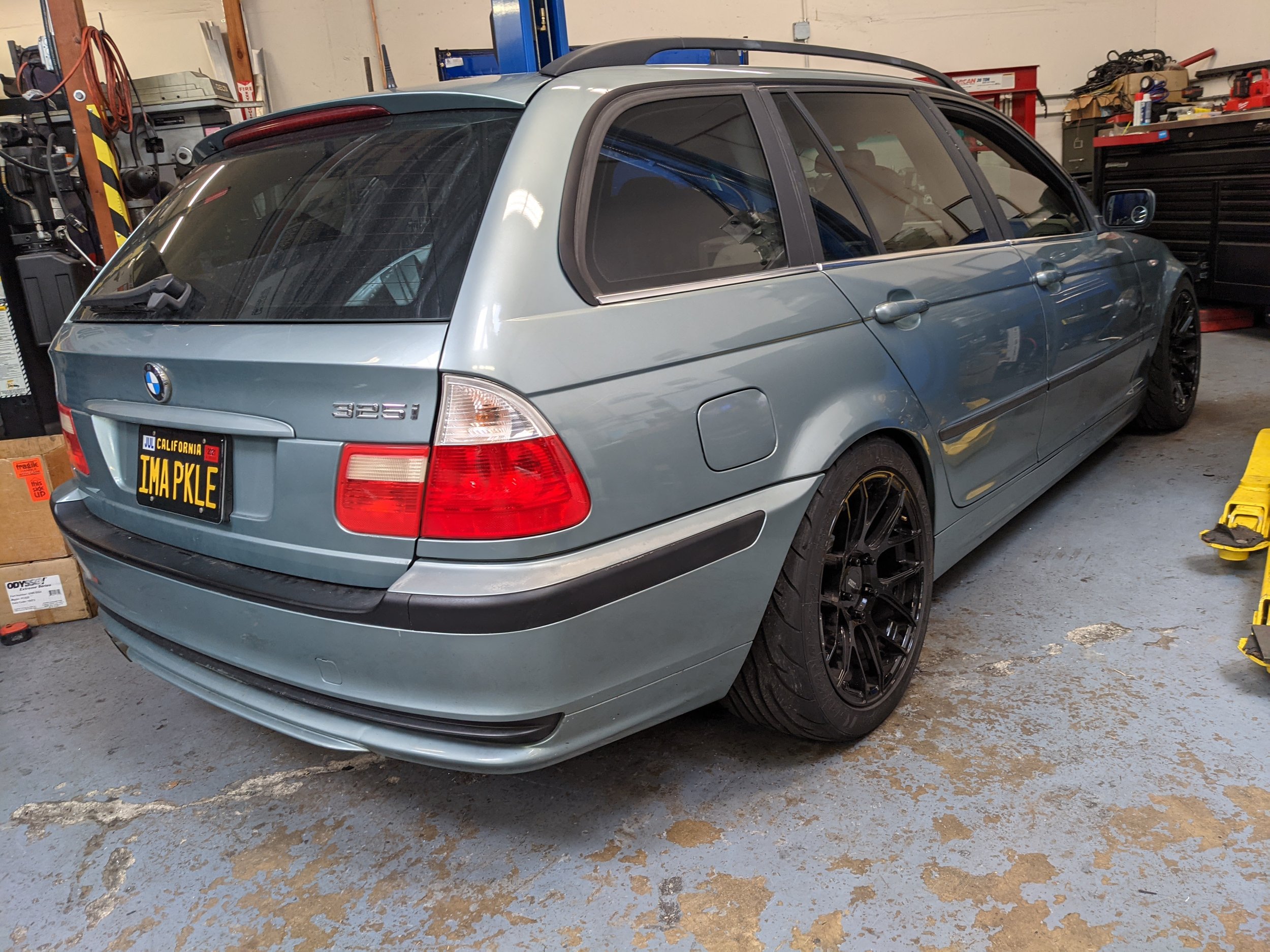
Don's S54-Swapped E46: Backroad Blitzer and Golf Club Carrier
An S54 swap and a little footwork modification have made this modest wagon a fun double-duty machine.
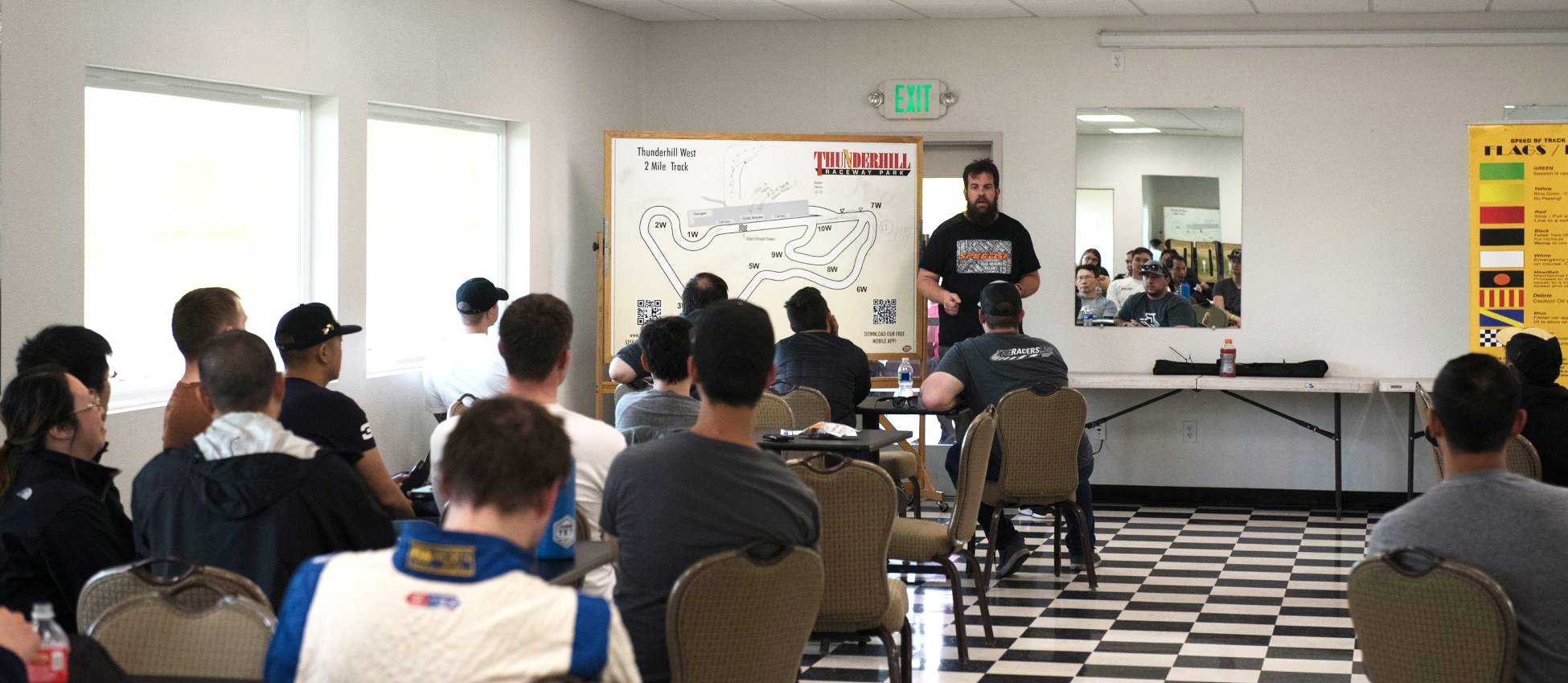
A Track Guide for The First-Timer
Hesitant to try track driving? Here’s a short guide on how to get the most from your foray. You can rest assured knowing there’s a relatively short list of things to know and do—and that no vehicle major modifications are necessary.

George's Turbo Miata: Far From a Momentum Car
This turbocharged Miata utilizes high end parts, has been through a series of incremental improvements that make it a machine with real power, real braking potential, and the cornering speeds we associate with a Miata.
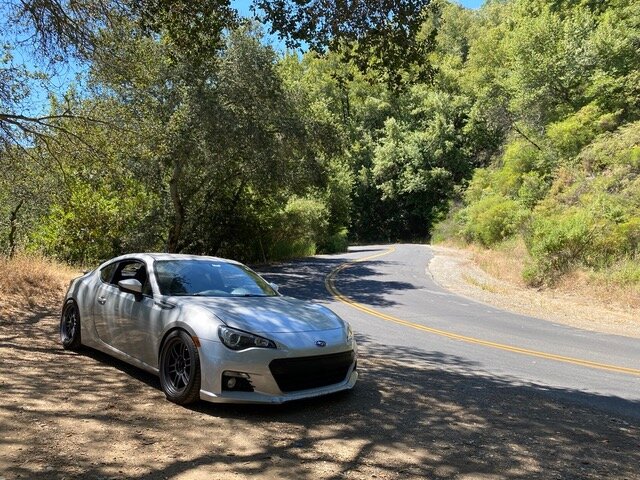
Matt's BRZ: Simple, Straightforward, and Sharp
After a long break from speed, Matt Delacruz grabbed a BRZ and began tuning it. Over the last couple years, he’s sharpened it, added a respectable amount of power, and made it just uncomfortable enough to drive on the streets. There’s enough performance to win his class in time attack, but it’s still a very simple, straightforward machine.
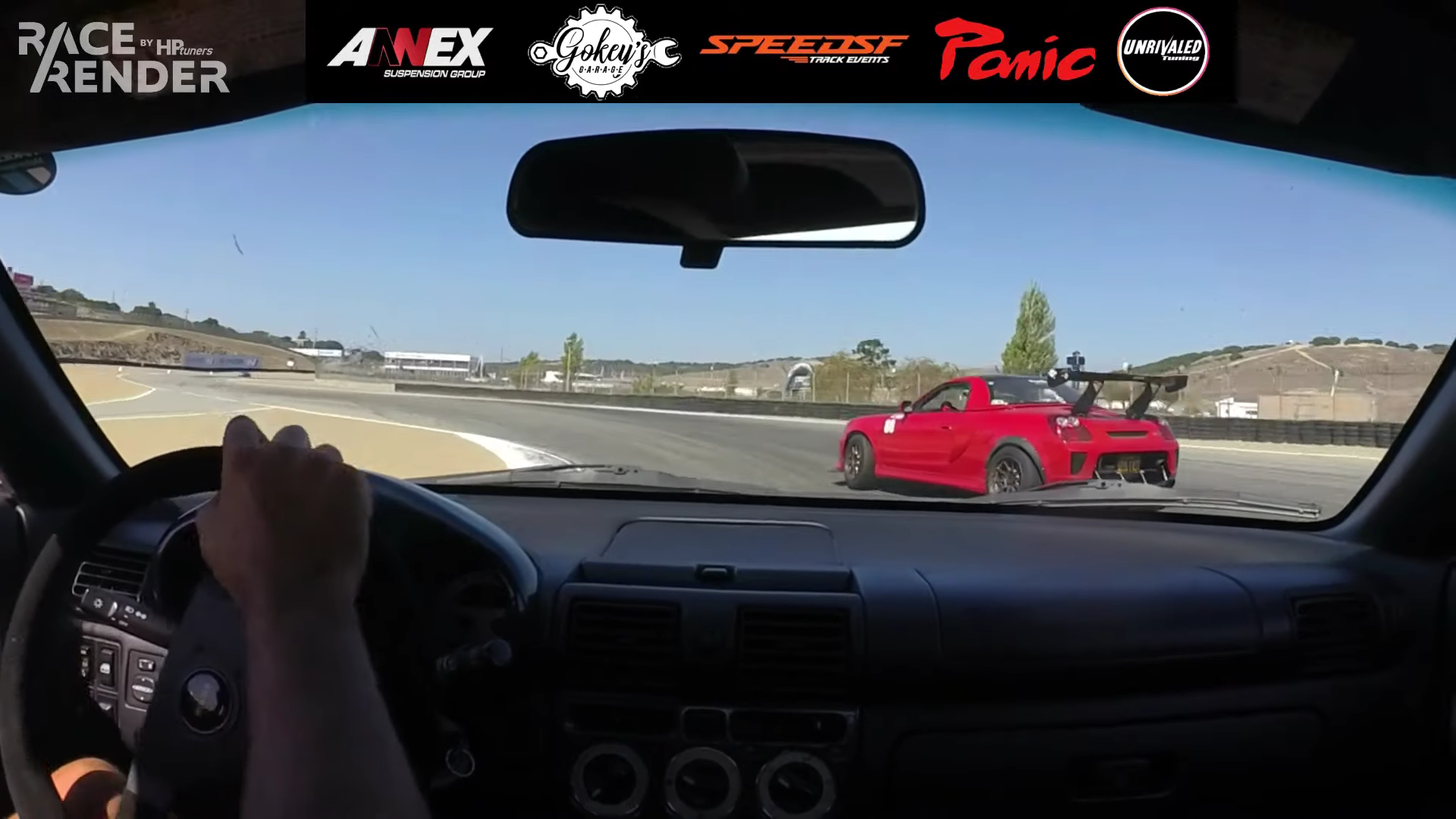
Two Tuning Approaches, Two Skilled Drivers: MR2s Battle At Laguna Seca!
Similar setups, slightly different aero packages, a little more weight, and dissimilar driving styles. Watch as these sorted Toyota MR2s duel at Laguna Seca, where higher speeds and faster corners help demonstrate the differences.
